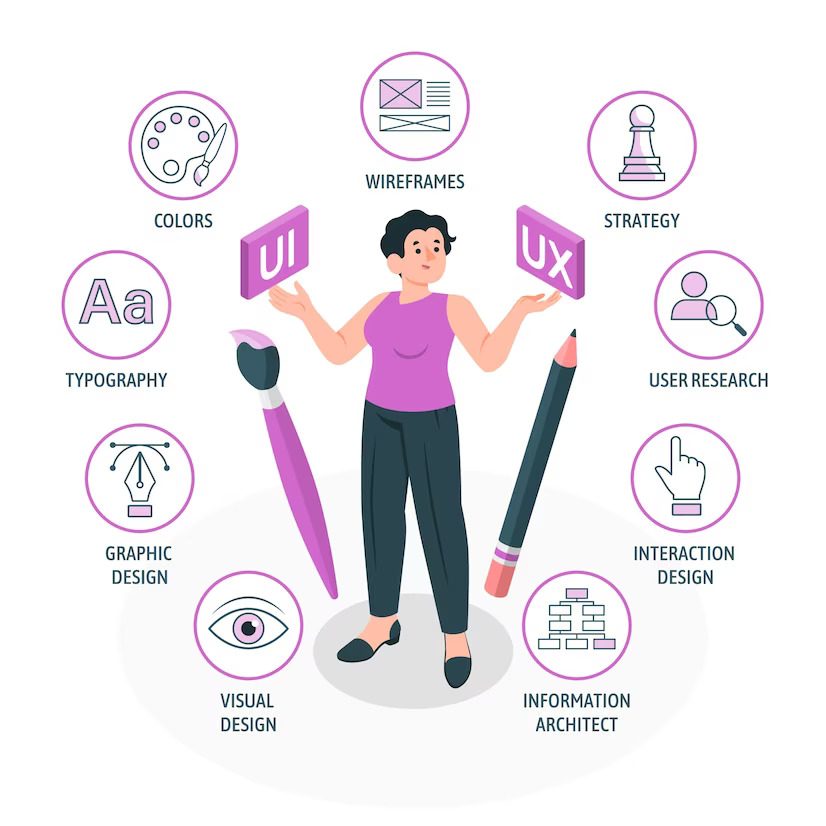**1. User Research:**
Start by conducting thorough user research to understand the needs, preferences, and pain points of your target audience. This research provides valuable insights that inform your design decisions.
**2. User Personas:**
Create user personas to represent different segments of your target audience. Personas help you empathize with users and design solutions that cater to their specific requirements.
**3. Clear and Consistent Navigation:**
Ensure that your website or product has a clear and consistent navigation system that allows users to easily find what they are looking for. Use familiar patterns and avoid complex or confusing menus.
**4. Intuitive User Interface (UI):**
Design an intuitive user interface that guides users through tasks seamlessly. Use clear and meaningful labels, buttons, and icons to aid navigation and interaction.
**5. Responsive Design:**
As mentioned in the previous response, employ responsive web design techniques to optimize the user experience across various devices and screen sizes.
**6. Accessibility:**
Ensure that your design is accessible to all users, including those with disabilities. Follow web accessibility guidelines (such as WCAG) to make your product usable by a diverse audience.
**7. Minimize Load Times:**
Optimize your website or application to load quickly. Minimize file sizes, use caching, and optimize images to improve performance and reduce user frustration.
**8. Content Hierarchy:**
Organize content hierarchically, presenting the most important information prominently and progressively revealing more details as users delve deeper into the content.
**9. Clear Call-to-Action (CTA):**
Use visually distinct and compelling CTAs that prompt users to take desired actions, such as signing up for a newsletter or making a purchase.
**10. Feedback and Validation:**
Provide immediate feedback to users when they perform actions, such as form submissions or error messages. Validation helps users understand that their interactions are successful or need adjustment.
**11. User Testing:**
Regularly conduct usability testing with real users to gather feedback on the design. User testing helps identify pain points and areas for improvement.
**12. Iterative Design:**
Embrace an iterative design process. Continuously refine and improve the design based on user feedback and data insights.
**13. A/B Testing:**
Conduct A/B testing to compare different design variations and determine which version performs better based on user behavior and engagement metrics.
**14. Empathy and Emotional Design:**
Consider the emotional aspect of design. Create experiences that evoke positive emotions and resonate with users on a personal level.
**15. Error Handling:**
Design error messages and handling with clarity and helpfulness. Assist users in resolving issues and provide guidance on how to proceed.
**16. Feedback and Surveys:**
Invite users to provide feedback and insights through surveys or feedback forms. This can help you gather valuable opinions and identify areas for improvement.
**Conclusion:**
Optimizing the user journey, improving usability, and enhancing the overall user experience are vital elements of successful UX design. By focusing on user needs, conducting research, and continuously iterating based on feedback, you can create products and websites that delight users and keep them engaged, leading to increased satisfaction and loyalty. Remember that user experience is an ongoing process, and maintaining a user-centered approach throughout the design lifecycle is key to achieving long-term success.





